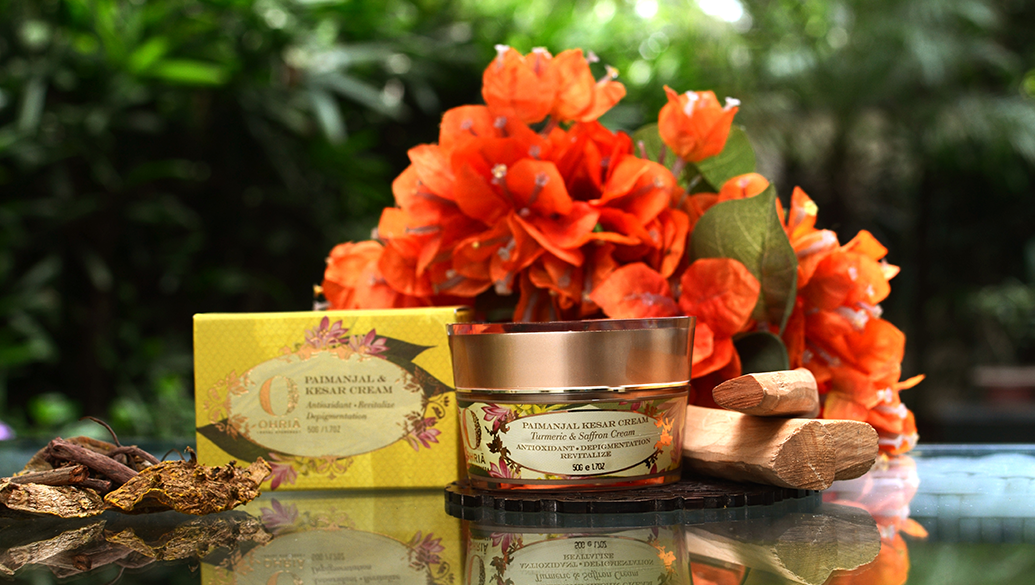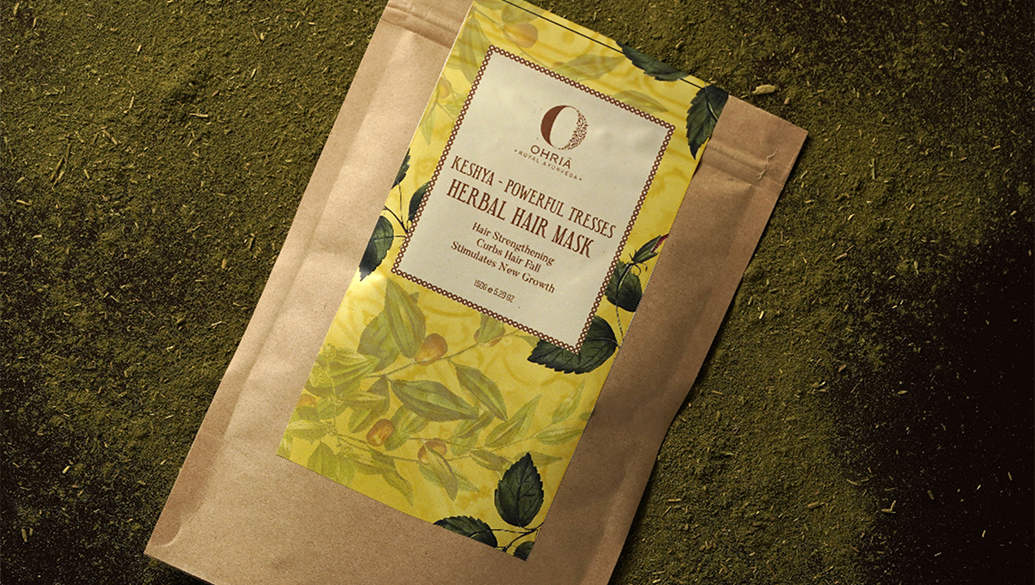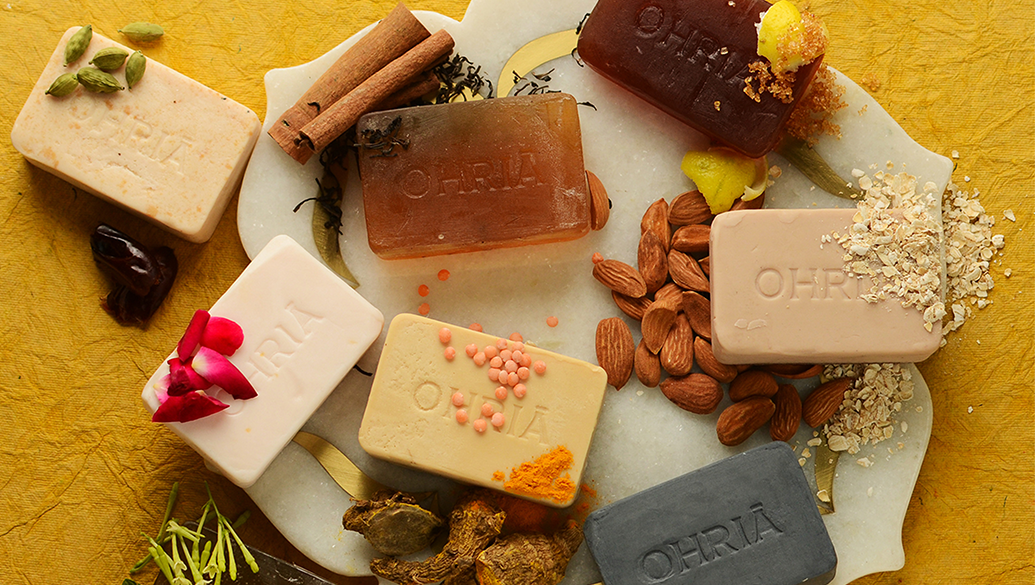Ayurvedic Secrets to Healthy Hair This Monsoon: What to Do & Avoid

The monsoon offers a much-needed break from the summer heat, but it also brings increased humidity, frizz, dandruff, hair fall, and scalp concerns. According to Ayurveda, seasonal transitions especially during the rains are times when the body and hair need extra attention. If your hair feels greasy, limp, or unmanageable this season, it might be a sign you're missing out on some essential Ayurvedic practices.
Here’s a guide to the do’s and don’ts of Ayurvedic hair care for the monsoon that you shouldn’t ignore.

DO’S: Ayurvedic Hair Care Practices to Follow
1. Cleanse the Scalp Gently But Regularly
Sweat, rainwater, and humidity can clog your scalp and make it itchy or oily. Ayurveda recommends herbal cleansers with neem, reetha, triphala, or aloe vera to gently detox without stripping natural oils. Unhealthy scalp is the main reason for hair loss in monsoons . So keeping the scalp healthy & clean is the key to not only controlling hair loss but reducing dullness
Try: A mild Ayurvedic shampoo or cleansing gel with antibacterial herbs like Ohria Ayurveda’s Honey and Coconut Milk Cleanser
2. Apply Warm Herbal Oils Weekly
A weekly abhyanga (oil massage) with warm oil not only strengthens roots but improves blood circulation and prevents hair fall. Opt for oils infused with Bhringraj, Amla, Brahmi, or Triphala.
Pro Tip: Warm the oil slightly before application and let it soak in for 30–45 minutes before washing off. Try Ohria’s Anti Hair Loss & Thinning Ritual
3. Balance the Doshas Internally
According to Ayurveda, monsoon aggravates Vata and Pitta, affecting hair health. Include gut-balancing herbs like Triphala, Neem (in moderation), or Guduchi to detoxify and support healthy hair from within.
Support: Eat freshly cooked, light meals with seasonal vegetables and avoid fermented or oily food.
4. Use Hair Masks to Tame Frizz
Monsoon frizz is real. Use Ayurvedic hair masks once a week with ingredients like methi, hibiscus, amla, or yogurt to deeply condition and restore softness.
DIY: Mix hibiscus powder with curd and aloe vera gel and apply as a pre-wash mask or do at home spa with Amrut Beej Hair Treatment Mask- add fresh Fenugreek paste for extra smoothing and shine. This will Deeply nourishes, strengthens roots, and restores shine to dry, damage

DON’TS: Common Hair Mistakes to Avoid During Monsoon
1. Don’t Tie Wet Hair or leave damp for Too Long
Damp hair attracts fungus and bacteria, especially when tied up. It also weakens roots. Always dry your hair completely before tying it or heading out.
Avoid: Tightly tying wet hair or letting it stay damp for too long.
2. Avoid Chemical-Based Products
Hair styling products, dry shampoos, and synthetic conditioners may provide instant results but accumulate toxins (Ama) in the scalp. This disturbs the natural scalp microbiome and leads to issues like hair fall or dandruff.
Instead: Choose clean, natural, Ayurvedic alternatives.
3. Don’t Overwash Hair
Yes, your scalp may feel sticky, but washing too frequently can dry it out and trigger rebound oiliness. Twice a week with a gentle, Ayurvedic cleanser is enough for most. Use Neem & Triphala Gel to reduce the frequency of washes as it keeps scalp non oily for long & removes accumulated toxins in roots
4. Avoid Heavy or Oily Foods
Ayurveda links your gut and hair health. Excessively oily, fried, fermented, or spicy food during monsoon can disturb Pitta, leading to hair fall or inflammation in the scalp.
Balance it: Choose warm, light, and mildly spiced foods to support digestion and hair health.
Ayurvedic Hair Ritual for Monsoon
Weekly Ritual- Try Ohria’s Anti Frizz Ritual
Step 1: Nourish with Japa Pushpa Thailam
Warm the oil slightly and gently massage it into the scalp and along the length of your hair-from roots to ends. This stimulates circulation and deeply nourishes the follicles.
Step 2: Enhance Absorption with Kansa Wand
Use a Kansa Head Massage Wand for a few minutes to enhance relaxation and allow the oil’s botanical nutrients to penetrate deeply into the scalp. Leave the oil on for at least an hour, or preferably overnight for intensive nourishment.
Step 3: Cleanse Gently with an Ayurvedic Hair Wash
- Option 1: Honey & Coconut Milk Hair Cleanser: Rinse off the oil with a natural, sulfate-free cleanser that hydrates and softens hair while removing buildup.
- Option 2: Neem & Triphala Hair Cleanser: Ideal for oily or irritated scalps. Apply to wet hair, gently massage into the scalp, lather, and rinse thoroughly.
Tip: For flaky, dandruff-prone scalp, apply Ohria’s Nimba Karanj Thailam before washing for added relief.
Step 4: Finish with a Touch of Hair Serum
Take 2–3 drops (adjust as per hair length), rub between palms, and apply evenly to damp hair. This lightweight serum smoothens frizz, adds shine, and protects the hair naturally.
Frequently Asked Questions
1. Why does hair fall increase during the monsoon?
Monsoon humidity traps sweat and oil on the scalp, creating an ideal environment for fungal growth and blocked follicles. According to Ayurveda, this season aggravates Vata and Pitta doshas, weakening hair roots and leading to increased hair fall.
2. How often should I wash my hair in the monsoon?
Ideally, wash your hair 2–3 times a week with a mild Ayurvedic cleanser. Overwashing can strip the scalp of natural oils, while under-washing can cause buildup and infections.
3. Can I oil my hair during the rainy season?
Yes, weekly oiling is recommended in Ayurveda. Use warm, herbal oils like Bhringraj, Triphala, or Amla to nourish the scalp and reduce frizz. Just avoid leaving oil in your hair overnight during high-humidity days.
4. Which Ayurvedic ingredients are best for monsoon hair care?
Look for ingredients like Neem, Triphala, Bhringraj, Brahmi, Amla, and Hibiscus. These help control dandruff, balance scalp oil, and strengthen roots naturally.
5. Should I avoid eating certain foods to control hair fall during monsoon?
Yes. Ayurveda recommends avoiding fried, spicy, fermented, and heavy foods during monsoon. These can aggravate Pitta, which is directly linked to hair thinning and scalp inflammation.









Leave a comment